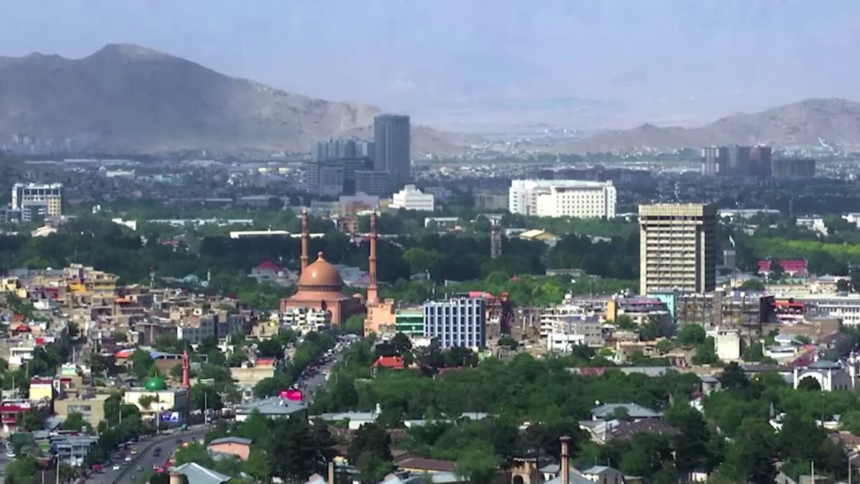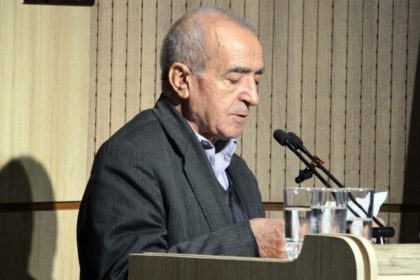RASC News Agency: The United Nations Human Settlements Programme (UN-Habitat) has sounded the alarm on the deteriorating urban conditions in Kabul, a city now home to over 40 percent of Afghanistan’s urban population. Despite its overwhelming demographic significance, the capital remains woefully underdeveloped, lacking even the most fundamental urban infrastructure necessary to sustain a safe and dignified life for its residents. In a report released on Sunday, august 3, UN-Habitat revealed that four out of every five Kabul residents are now living in informal settlements neighborhoods characterized by their lack of legal recognition and near-complete absence of basic municipal services. In these precarious enclaves, access to clean water, healthcare, and sanitation remains minimal or nonexistent, leaving residents acutely vulnerable to the growing threats posed by extreme weather events and environmental degradation.
Although Kabul functions as the political and economic nucleus of the country, it falls far short of the benchmarks set for any modern metropolis. The city still lacks a centralized sewage system. Its water supply remains insufficient to meet the demands of its current population. Worse still, much of its housing has been constructed haphazardly, beyond the parameters of any urban master plan placing thousands of families at constant risk of structural collapse. Meanwhile, Kabul’s narrow and unplanned roads, overwhelmed by unregulated traffic, contribute to chronic congestion and restrict emergency response access. The consequences of such neglect are not abstract. As population density continues to surge in these inadequate conditions, the burden on already-failing infrastructure intensifies, magnifying residents’ exposure to climate-related disasters and urban hazards. Rather than facilitating adaptation, the city’s stagnation under the current regime has become a risk multiplier threatening both human lives and the long-term resilience of the capital.
UN-Habitat has called for urgent and coordinated international action to address the humanitarian and climate-related challenges engulfing the city. The agency emphasized that the majority of returnees many of them forcibly deported from neighboring countries and low-income families now reside in these informal zones, effectively excluded from municipal governance and deprived of the most basic services that define a functioning urban life. Though the report avoids assigning direct political blame, the systemic dysfunction of Kabul’s urban environment is an indictment of years of mismanagement and neglect, further exacerbated by the current Taliban administration’s inability or unwillingness to invest in sustainable development. While the city’s population continues to grow, governance remains paralyzed by authoritarian rigidity and a lack of technical capacity.
In Kabul today, the consequences of failed urban planning are not theoretical; they are lived realities for millions. Unless immediate and sustained interventions are implemented, the Afghanistani capital may become a cautionary tale of how political instability, poor governance, and climate vulnerability intersect to erode the viability of entire cities.






